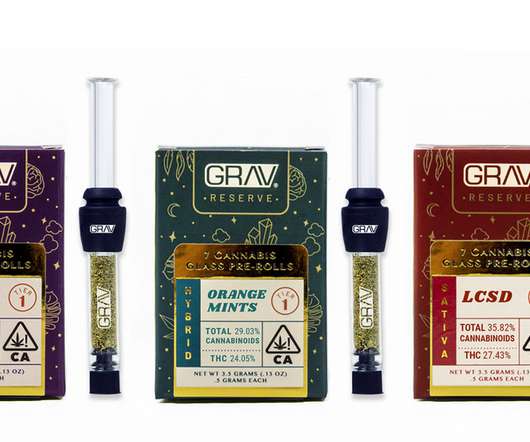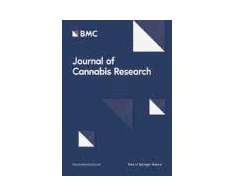Learn How Medical Marijuana can be Used to Treat IBS
FloridaMarijuana.net
JUNE 22, 2018
A 2004 study demonstrated that cannabinoids “decrease motor activity in the stomach and decrease gastric emptying,” which eases the uncomfortable and painful abdominal cramping; significantly decreasing bathroom visits after a meal. A second option available for treating pain is the Sativa-dominant hybrid Harlequin.
















Let's personalize your content